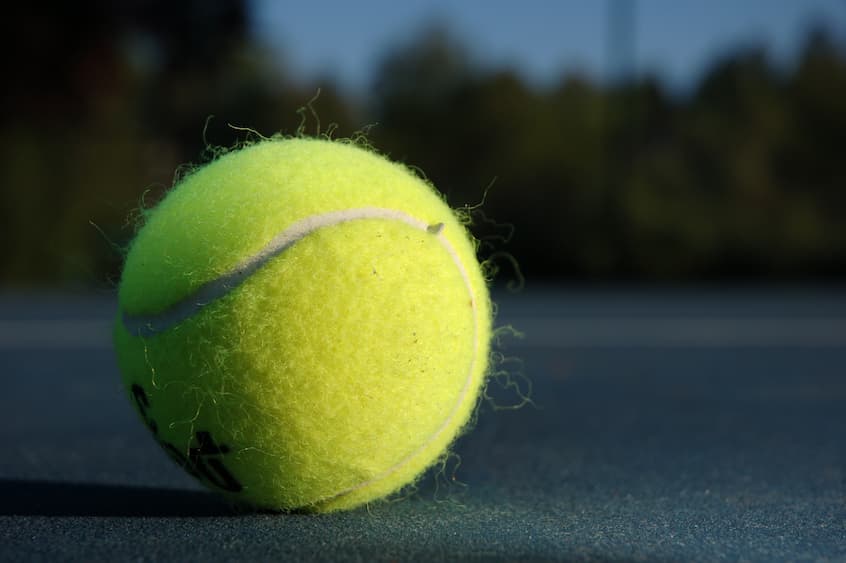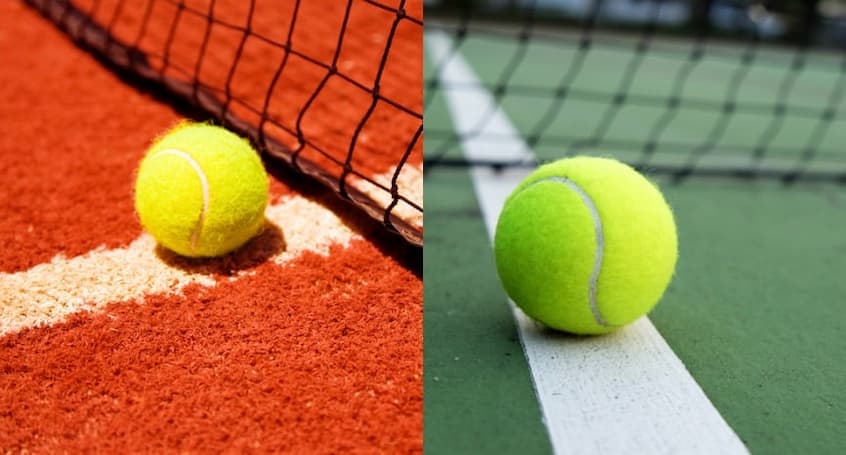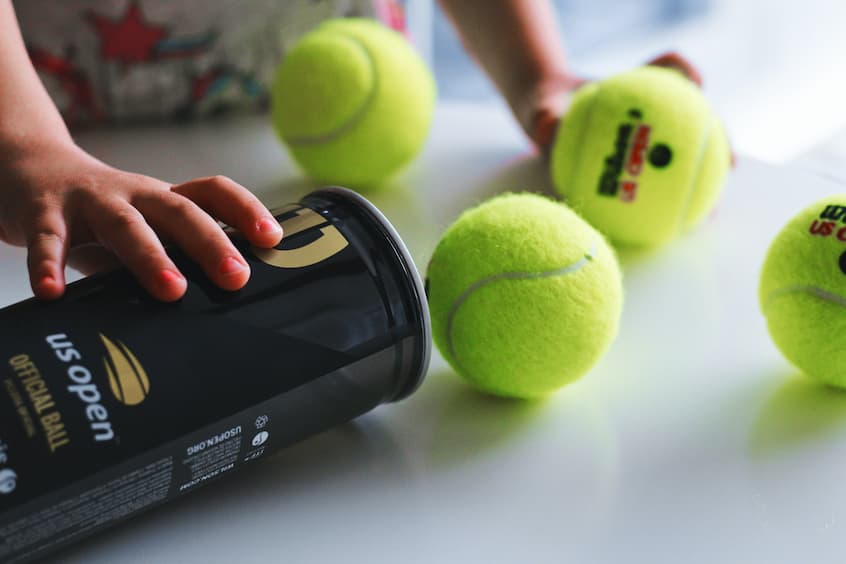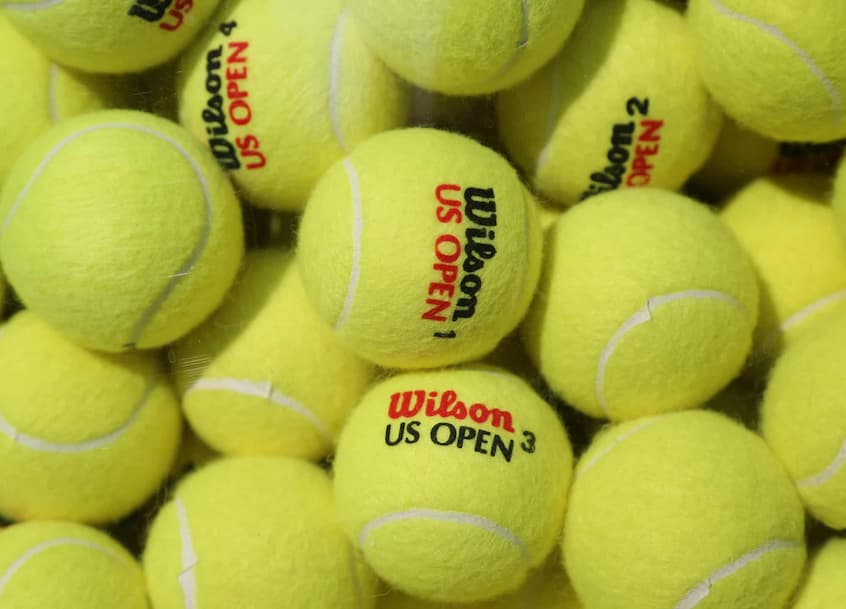
Tennis Ball Buying Guide
Tennis balls have come a long way since they were invented, a long, long time ago, in the e12th century, for a game played at that time in France. This game was originally called “Jeu de Paume”, which translates to “game of the palm”, because it was played with hands, and nowadays in English, it’s referred to as real tennis. In different countries, they used different materials to make the balls for the predecessors of today’s tennis, which went through a series of changes, and it wasn’t until 1882 that the tennis ball was perfected by Walter Clopton Wingfield, and it took almost a century for the ball to get the colour we now know and love.
Nowadays, tennis is played by millions around the world, so tennis equipment manufacturers produce a huge number of tennis balls each year. In fact, in Australia tennis is one of the top 10 most popular sports, both for playing and for watching, with around a million people playing it. This is not a surprise, considering how fun and how beneficial it is both for your physical and mental health, and for your social life.
As a result of the evolution of the game of tennis throughout the years, and this incredible popularity of the sport across the globe, whether you are a beginner or you have played tennis for a while now, buying tennis balls is not as easy as some might think, and in fact, it can be quite overwhelming. Though today they look very similar regardless of the manufacturer, tennis balls are quite diverse, and to find the right ones for your needs, first, you need to learn a little bit about the different types. The thing is, the tennis balls you use for practice, will influence your game and the habits you form. This is why it’s better to start with the right balls, because later on, it may be very difficult to change those habits. So, before you choose a can or a bucket tennis balls, you should determine which balls are the most suitable for your own tennis needs.
Contents
Types of Tennis Balls

There are many differences between tennis balls, and they are each more suitable for different people. Which type you should get can be determined according to several factors, including the age of the player, the skill level, the court surface, and so on. This is why if you are practising tennis, you should never buy solely according to the price.
Choose According to Age
For instance, it would be inappropriate for a child to learn how to play tennis with the same ball as a professional player. Kids that are starting to play should make it easier for them to learn, and, at the same time, lower the risks of injuries from impacts. This is why you should get them age-appropriate, as well as level-appropriate balls.
Choose According to Skill Level

There are balls that are suitable for different levels of skill levels. Typically, beginners start with softer tennis balls, which are intended for training, to learn easier and avoid injury. They are better for your arm, but they still offer a similar feel and play to the traditional ball – which will help develop good playing habits. To avoid buying a bucket of tennis balls every time they play, recreational players should aim for durable ones. Moreover, tennis balls can be divided into three classes: professional, championship and practice tennis balls.
Difference Between Pressurised and Pressureless Tennis Balls
One of the differences between tennis balls is whether they are pressurised or pressureless. Pressureless tennis balls are used for practice. They do not bounce too high and they are slower. These tennis balls often come in buckets. Pressurised balls, on the other hand, are not the best choice for practice, and especially for beginners. They are however the most common type, and they are the official option of all major tennis tournaments. As the name suggests are made by adding pressure and they have compressed air inside. This makes them bounce high.
For Practice

Practice tennis balls are not meant to be used professionally. These balls have a long lifespan and they are less expensive, which is one of the reasons why they are a great option for training. Pressureless balls are the best for practice, even though there are also pressurised balls intended for practice. Pressureless balls last much longer, and they are intended for ball machine use, which is why if you are training you should get a bucket tennis balls for practice.
For Higher Level Skills and Juniors
Championship balls are similar to professional balls in some ways. They are also pressurised and they come in cans, but they have less pressure and lower felt quality. Because of this, they are also less expensive. This makes them great for practice play as well as junior’s tournaments. Even though they are a step down from professional balls, they are still good quality and they are quite durable.
For Professionals
Professional balls are the most expensive ones since they have high-quality felt, which does not wear out easily. They often come in a can that keeps them virtually perfect. Thanks to this, when you take them out, they can hold the pressure during the match.
Choose According to the Surface

Another important thing you need to consider when you are buying tennis balls is the surface on which you play. There are two main types of tennis balls you can choose, according to this: regular duty and extra duty.
Extra duty tennis balls have woven felt with more wool, which makes them fluffier. Because of this, they are slightly slower, and they last longer. They are the best option for hard courts. Regular duty tennis balls, on the other hand, are less fluffy, and they are better for softer surfaces, like clay, grass or indoor courts. For grass courts, there are also regular duty balls that are stain-resistant.

